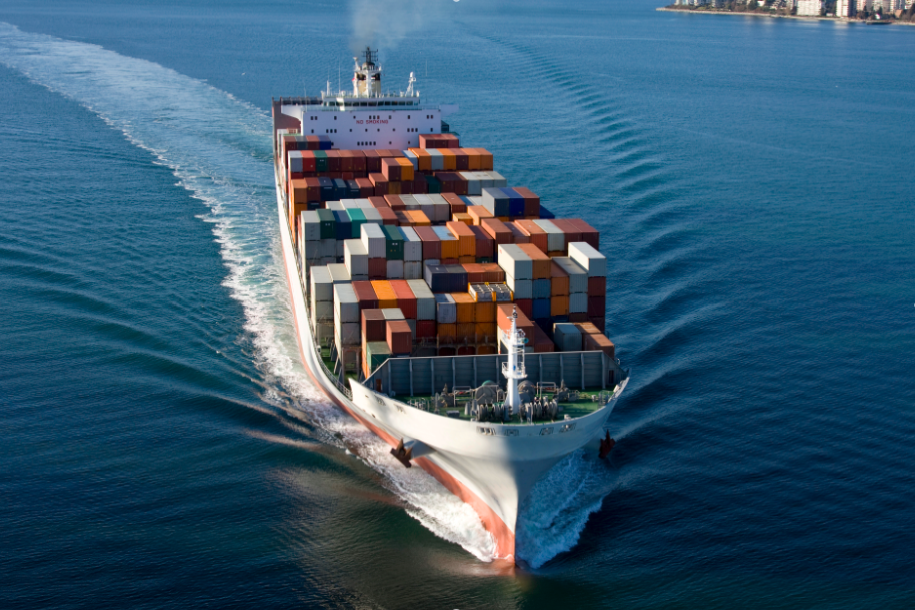Ocean carriers have generated about $190 billion of annual profits and about $130 billion of fresh cash in 2021, obtained mainly by charging higher prices, maritime research consultancy Drewry said.
The latest quarterly results announced by top container carriers highlight the reversal of fortunes for an industry that has morphed from financial laggard to one of the most lucrative business sectors in the global economy, according to Drewry.
Drewry analysis of carrier profits and freight rates reinforces the view that the elevated profits of ocean carriers are the result of higher freight rates – not higher business volumes, additional services or lower costs. For example, neither Maersk nor Hapag-Lloyd carried more containers in the latest quarter than in the same quarter of 2020.
The ocean carriers’ “cash machine” is now working at an exceptional level. Drewry estimates that the ocean carrier industry produced EBIT profits of about $190 billion in 2021, of which an estimated $56 billion was generated in 4Q 2021 alone.
Maersk alone reported an operating cash flow of $22 billion before capex and free cash flow of $16 billion after capex in the full year 2021. If other carriers had the same level of cash flow per TEU, this would mean that the global ocean carrier sector is producing a total free cash flow of about $130 billion a year.
Most major carriers are investing in additional ship capacity for the future. More than 600 containerships — aggregating more than 5 million TEU of capacity — are on order from shipyards.
Ocean carriers invested about $20 billion in new ships and about $10 billion in new containers in 2021, Drewry informed. However, this is less than a quarter of the extra cash generated.
Some of the investments in ships are in dual-fuel vessels capable of being operated on carbon-neutral methanol.
Maersk, CMA CGM and MSC are also acquiring companies to provide air cargo shipping or to add end-to-end forwarding capabilities to their customers. On the other hand, ZIM, ONE and others are enhancing their IT capabilities.
However, shippers, who are underwriting the estimated $130 billion annual cash transfer to ocean carriers, will be expecting carriers to reinvest some of this cash in improving their service in the long term, Drewry said.
“Poor service quality” provided to shippers is partly under the control of the carriers and partly caused by port congestion and inland bottlenecks.
“Many BCO customers of Drewry are complaining that relationships with most of their carriers are worse than before the pandemic, that cargo visibility is still patchy and that carriers do not provide timely reporting of their service failures to shippers,” the shipping consultancy noted.
“In the past, carriers could justify the lack of investment in their service quality by pointing at the lack of money. In the next year or so, shippers will be looking to carriers to do something positive with the mountain of cash which this industry is now generating.”
Copyright Ships & Ports Ltd. Permission to use quotations from this article is granted subject to appropriate credit given to www.shipsandports.com.ng as the source.
